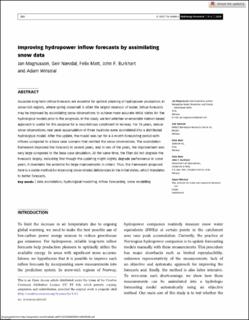| dc.description.abstract | The study describes the depositional development and sediment partitioning in a prograding paralic Triassic succession. The deposits are associated with the advance of large prism‐scale clinoforms across a shallower platform area. Approaching the platform, the limited accommodation and associated relative higher rates of deposition generated straighter clinoforms with lower foreset angles. The vertical restriction across the platform is interpreted to have amplified the tidal signature. Sediment was redistributed from the coast into increasingly sandy delta‐front deposits, compared to offshore equivalents. The deposits comprise extensive compound dune fields of amalgamated and increasingly clean sandbodies up‐section. Rapid deposition of significant amounts of sand led to differential subsidence and growth‐faulting in the delta front, with downthrown fault blocks further amplifying the tidal energy through funnelling. A mixed‐energy environment created along‐strike variability along the delta front with sedimentation governing process‐regime. Areas of lower sedimentation were reworked by wave and storm‐action, whereas high sedimentation rates preserved fluvially dominated mouth bars. A major transgression, however, favoured tidally dominated deposits also in these areas, attributed to increasing rugosity of the coastline. Formation of an extensive subaqueous platform between the coast and delta front dampened incoming wave energy, and tidally dominated deposits dominate the near‐shore successions. Meanwhile formation of wave‐built sand‐bars atop the platform attest to continued wave influence. The strong tidal regime led to the development of a heterolithic near‐shore tidally dominated channel system, and sandier fluvial channels up‐river. The highly meandering tidal channels incising the subaqueous platform form kilometre wide successions of inclined heterolithic stratification. The fluvially dominated channels which govern deposition on the delta plain are narrower and slightly less deep, straighter, generally symmetric and filled with cleaner sands. This study provides important insight into tidal amplification and sand redistribution during shallowing on a wide shelf, along with along‐strike process‐regime variability resulting from variations in sediment influx. | en_US |
